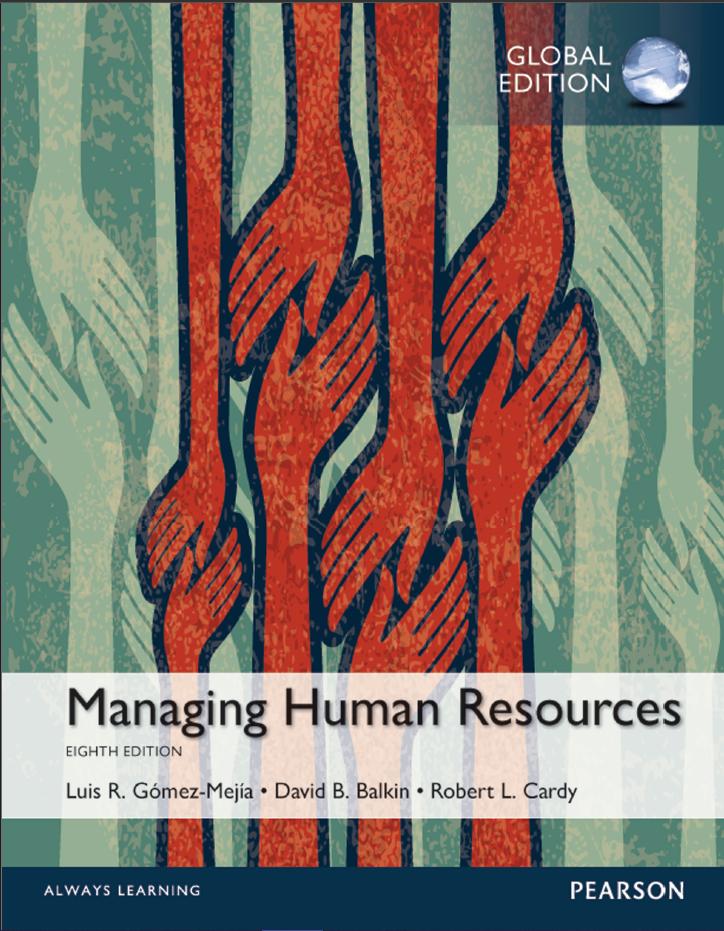Although Australias Superannuation program has been successful, experts have pointed out a flaw in the designit does
Question:
Although Australia’s Superannuation program has been successful, experts have pointed out a flaw in the design—it does not provide for an annuity option for most of the retirees.
An annuity provides a consistent retirement income that continues for the life of a retiree and it is created when individuals voluntarily roll over their retirement fund accumulations into the annuity. Why do you think experts consider that the lack of an annuity option in the Superannuation program could be a problem for Australian retirees?
Australia currently has one of the most highly regarded retirement systems in the world. It is based on compulsory employee contributions that are put into a retirement fund. The retirement system is called Superannuation and it functions similarly to a 401(k) retirement plan in the United States. Currently employers in Australia are required to send 9 percent of an employee’s salary into the Superannuation program, which provides a menu of different investment funds that allows employees to make choices regarding how to allocate their retirement funds into investments that differ according to risk. Employees’ contributions and investment earnings are taxed at 15 percent, substantially below the ordinary income tax rate. Around 20 percent of employees put additional earnings into the retirement fund and some employers match the contributions that employees put in the fund. More than 90 percent of employed Australians contribute to Superannuation, compared to 40 percent of American employees who participate in their employer’s retirement plan.
The Superannuation retirement program augments a national pension system in Australia that is funded by taxes and is similar to the Social Security retirement program in the United States. At present, the Superannuation program has grown to an amount equal to the equivalent of $1.5 trillion, which represents over half the amount that Americans have put into their 401(k) accounts, despite the fact that the United States has a population that is 14 times larger than that of Australia. Consequently, experts estimate that an Australian employee who contributes to the Superannuation program over a 30-
year period can expect to have a retirement income equivalent to 70 percent of his or her preretirement income. This is the percentage of retirement income that financial experts recommend.
The Superannuation program began in 1992 and initially it required a compulsory contribution of 3 percent of an employee’s salary. Over the years, Australians have voted for increases in the size of the mandatory contributions to Superannuation, so that the employee contribution now currently stands at 9 percent of salary.
However, in a recent election Australians approved a gradual yearby-
year increase in the contribution amount, which will end up at 12 percent by 2019 because people in future generations will be likely to require a greater amount of retirement funds to cover longer life expectancies. By comparison, U.S. employees save an average of about 6 percent of their salaries into a 401(k) retirement fund, and consequently many Americans are concerned that they will not have enough retirement income saved when they decide to retire. Due to the success of the Superannuation program, when Australians think about their retirement they have a good reason to smile.
Step by Step Answer:

Managing Human Resources
ISBN: 9781292097152
8th Global Edition
Authors: Luis R Gomez Mejia, David B Balkin, Robert L Cardy





